Hyperpigmentation is a common skin concern that shows up as dark spots or uneven patches—and for many, it can be difficult to manage. But instead of turning to harsh treatments, more people are leaning into the gentle, layered approach of Korean skincare.
This routine focuses on supporting the skin with hydration, barrier protection, and targeted ingredients known to gradually fade discoloration. By understanding what causes hyperpigmentation and knowing which ingredients to look for, you can build a routine that works with your skin—not against it.
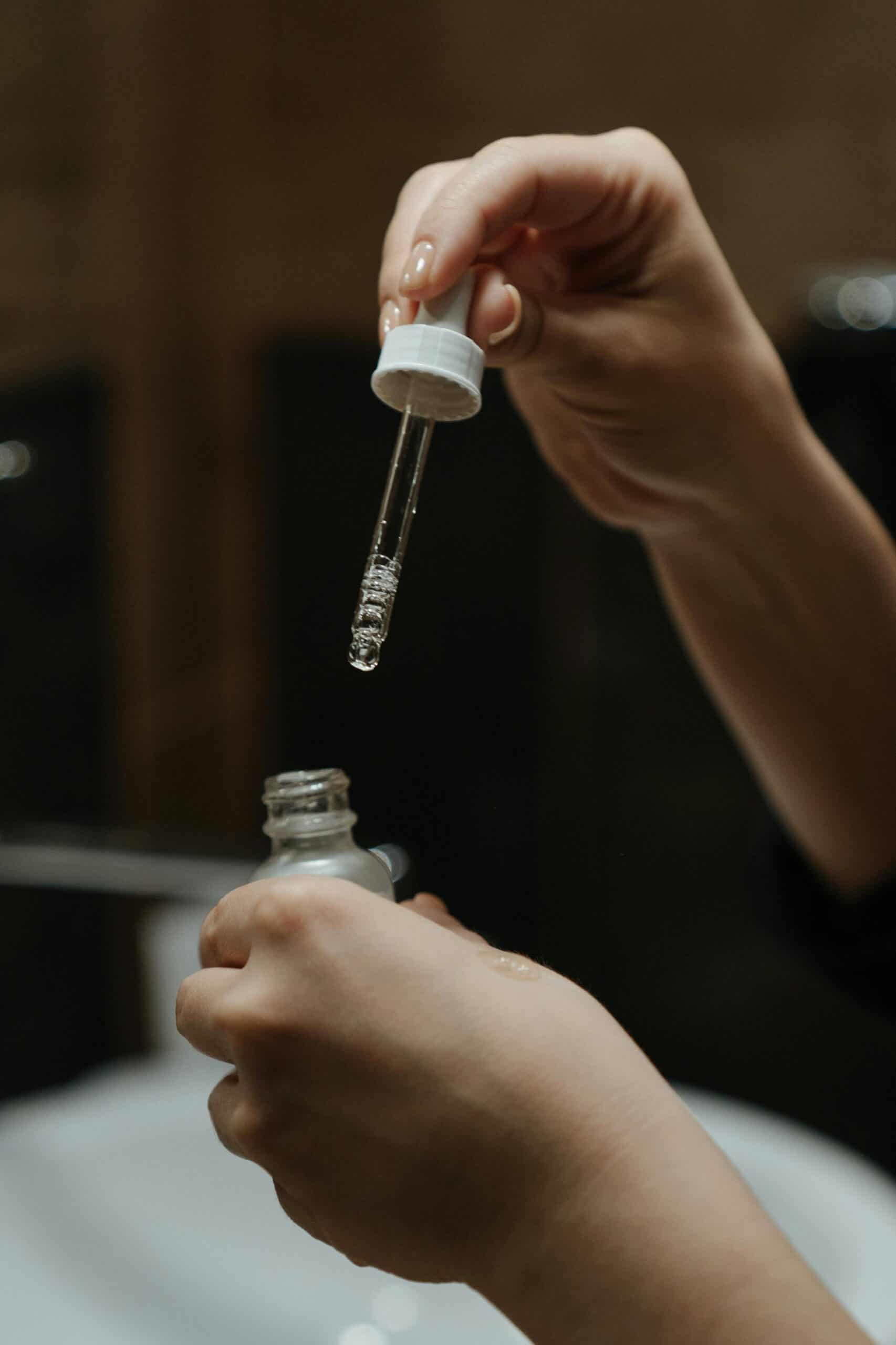
Jump to:
💆♀️ Understanding Hyperpigmentation
Hyperpigmentation is a common skin concern that appears as darkened patches or spots on the skin. It happens when the skin produces an excess amount of melanin—the natural pigment that gives our skin, eyes, and hair their color. This overproduction can be triggered by various internal and external factors, and while it isn’t harmful, it can be stubborn and frustrating to deal with.
So, what causes this melanin surge? One major culprit is sun exposure. When our skin is exposed to UV rays, it produces more melanin to protect itself, sometimes resulting in uneven tone or sunspots. Post-inflammatory hyperpigmentation is another common type, which develops after skin trauma like acne, cuts, or even aggressive exfoliation.
Hormonal shifts (like during pregnancy or while on birth control) can also lead to melasma—a type of pigmentation that appears as larger, more symmetrical patches.
Understanding the root of hyperpigmentation is the first step in addressing it. Rather than simply trying to “lighten” the skin, the goal should be to support skin health, reduce inflammation, and prevent further damage. That’s where Korean skincare comes in—with its gentle yet effective ingredients and consistent routine designed to restore balance and radiance.
💆♀️ The Korean Skincare Philosophy
Korean skincare is a skincare culture built on prevention, consistency, and care. At its heart, it’s about nurturing the skin with gentle, hydrating, and nourishing ingredients rather than using harsh products that can disrupt your skin’s natural barrier.
One of the most important principles of Korean skincare is prevention overcorrection. Instead of waiting for skin problems to show up, the routine is designed to keep skin healthy, balanced, and resilient. This is especially helpful when managing hyperpigmentation, as it focuses not only on fading existing dark spots but also on calming inflammation and protecting skin from further damage.
Another hallmark of this philosophy is the multi-step routine. While it may sound complicated, it’s really about layering products with different purposes—from cleansing to treating to hydrating. This routine is highly customizable, depending on your skin’s needs.
Whether your skin is oily, dry, sensitive, or acne-prone, Korean skincare encourages you to listen to your skin and give it what it needs—especially when you're targeting something as persistent as hyperpigmentation.
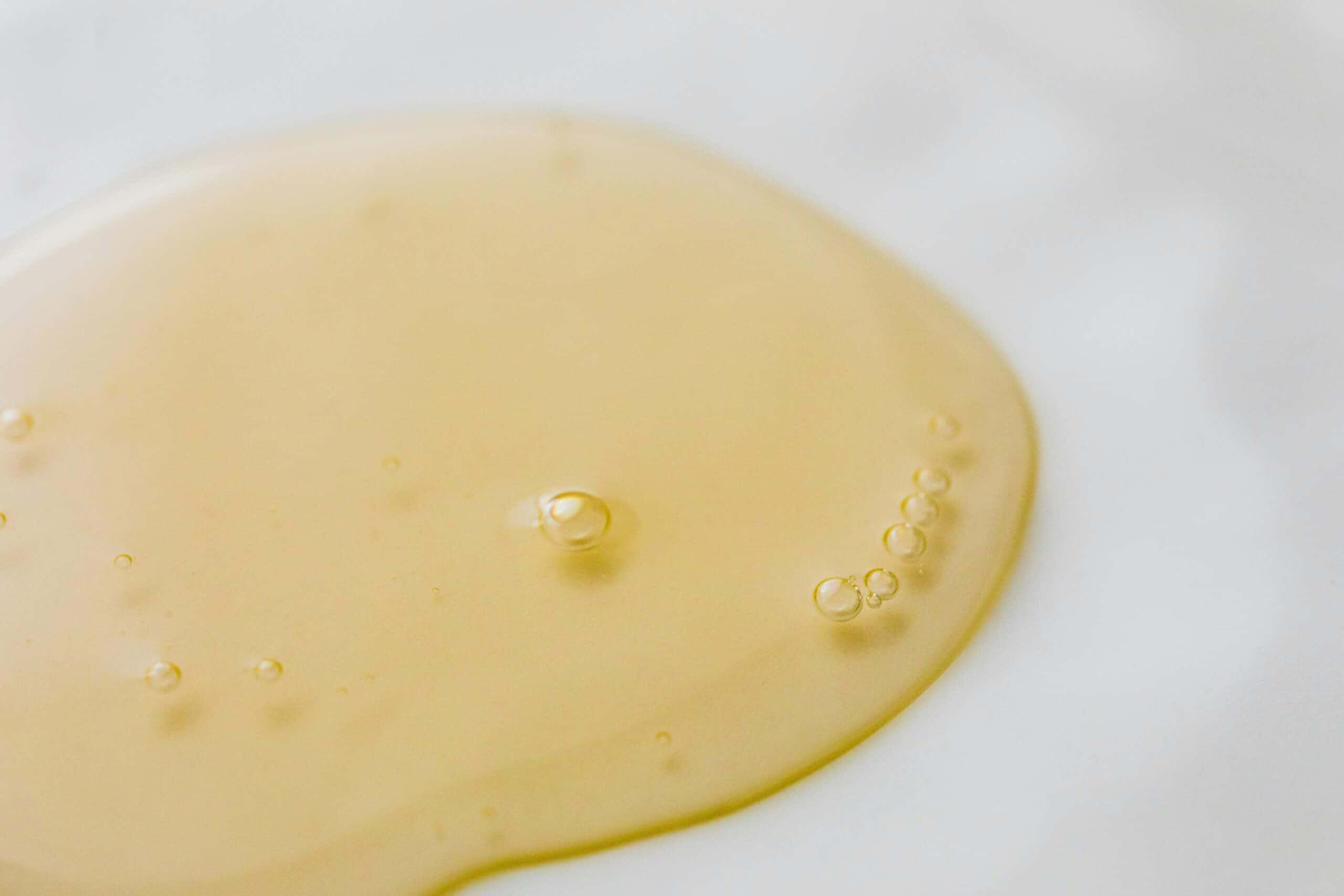
🍯 Key Ingredients to Look for in Korean Skincare Products
Niacinamide (Vitamin B3)
This powerhouse brightening ingredient works by inhibiting the transfer of melanin to your skin cells. It helps lighten existing dark spots and evens out overall skin tone. It also has anti-inflammatory benefits, which makes it great for acne-prone skin or post-acne marks.
Vitamin C (Ascorbic Acid)
A fan-favorite antioxidant that helps protect your skin from free radicals and reduces melanin production. It not only fades pigmentation but also brightens dull skin and improves texture over time. Best used during the day with sunscreen for extra glow and protection.
Alpha-Arbutin
A gentle yet effective skin-brightening ingredient. Alpha-arbutin works by blocking tyrosinase, the enzyme involved in melanin production. It’s safer for sensitive skin compared to harsher options like hydroquinone, making it ideal for long-term use.
Licorice Root Extract
This natural extract contains glabridin, which helps inhibit pigmentation and soothe inflammation. It’s perfect for calming irritated skin while gently brightening uneven spots. Often used in toners and essences for its calming properties.
Kojic Acid
Derived from fermentation, kojic acid inhibits melanin production at the source. It’s especially helpful for stubborn dark spots and conditions like melasma. Though effective, it’s best used in moderation and with other calming ingredients to prevent irritation.
Tranexamic Acid
Originally used in medicine to control bleeding, this ingredient has a surprising skincare superpower—it helps prevent and fade melasma and post-inflammatory pigmentation. It’s particularly effective when combined with niacinamide or vitamin C.
Centella Asiatica (Cica)
Known for its healing powers, Cica soothes irritation, supports skin repair, and reduces redness. While it doesn’t directly bleach pigmentation, it’s amazing for calming inflamed skin and minimizing PIH (post-inflammatory hyperpigmentation).
Snail Mucin
This unique ingredient is rich in glycoproteins, glycolic acid, and hyaluronic acid, all of which help promote skin regeneration. It’s fantastic for healing acne scars and smoothing out texture, which can enhance overall brightness and clarity.
Rice Bran Water
Used for centuries in Asian skincare, rice bran water is full of vitamins, minerals, and antioxidants. It gently exfoliates and brightens dull skin over time. Plus, it’s super soothing and fits beautifully into any hydrating routine.
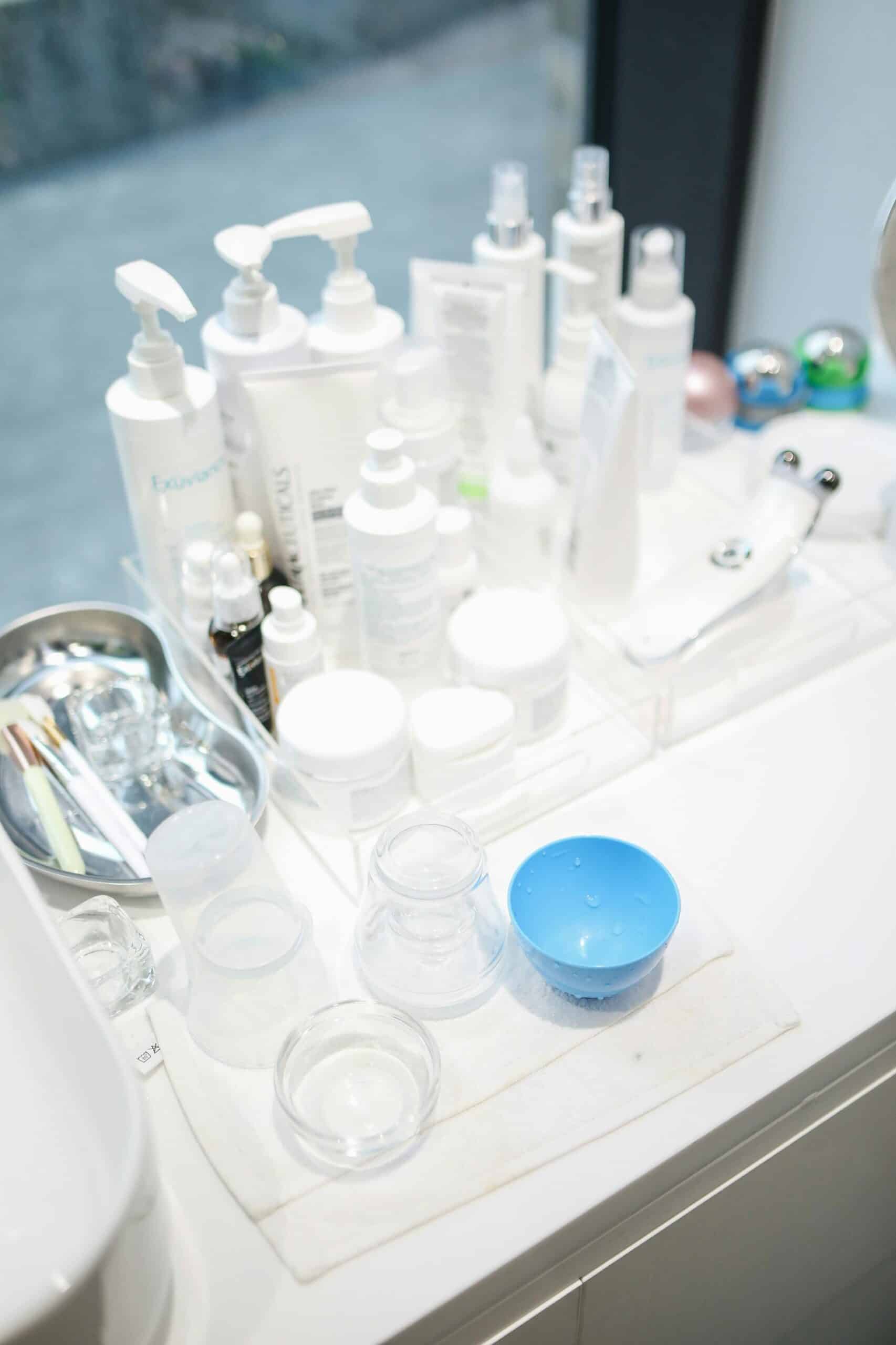
🌿 Lifestyle considerations
Eat a Balanced, Antioxidant-Rich Diet
Your skin reflects what you feed it. Nutrients like vitamin C, E, and zinc help protect skin from oxidative stress and support healing. Load up on colorful fruits, leafy greens, nuts, and seeds—they all help fight the free radicals that can worsen pigmentation.
Stay Hydrated
Water helps flush out toxins, supports cell turnover, and keeps your skin barrier functioning properly. Aim to drink enough water throughout the day—your skin will thank you with a more even, glowy look.
Get Quality Sleep
Your skin regenerates while you sleep. A consistent sleep schedule (7–9 hours nightly) allows your body to repair damage, calm inflammation, and reduce stress—all of which are factors that can impact hyperpigmentation.
Avoid Picking or Scratching
Post-inflammatory hyperpigmentation can be triggered or worsened by picking at pimples or scratching your skin. It’s tempting, but hands off. Let your skincare and healing ingredients do their work.
❓ Frequently Asked Questions
Yes! Korean skincare focuses on hydration, skin barrier repair, and gentle brightening ingredients that help fade dark spots over time.
With consistent use, you may start seeing improvements in 4–8 weeks, but deeper pigmentation may take longer to fade completely.
Yes, as long as the products are formulated to be gentle and you're not over-exfoliating. Always patch test and build up gradually.

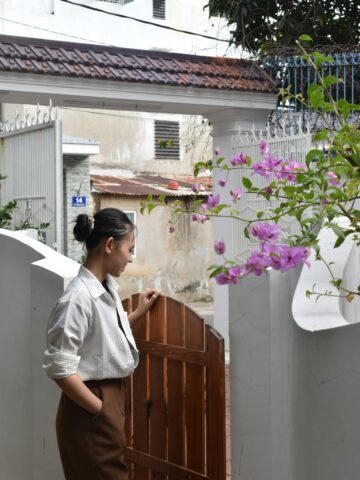
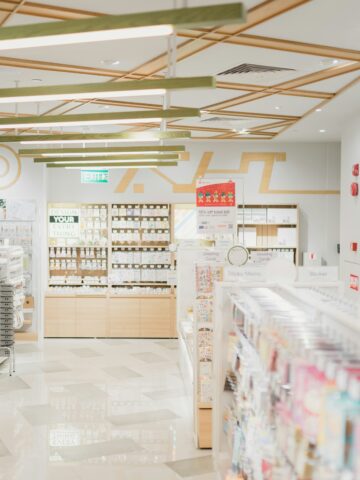
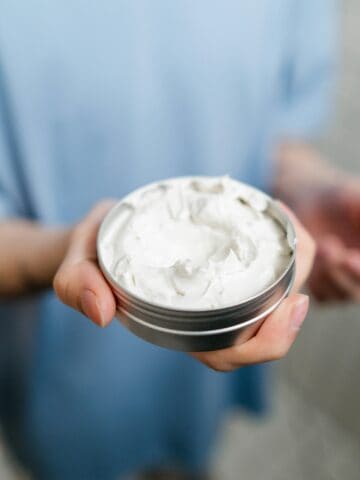
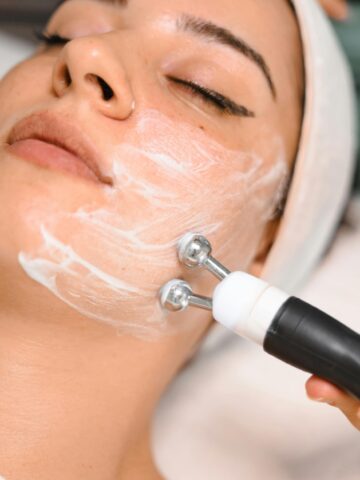
Comments
No Comments